About the Author
Jim Montague is the executive editor for Control. Email him at [email protected].
Here's a list of many of the most important tasks needed to ensure the basic health of an industrial network.
- Conduct a complete inventory, audit and evaluation of all existing components and systems on or connected to the network, and document their bandwidth, throughput, power needs and other requirements.
- Check to what extent original network designs have been added onto, if and how many undocumented devices have been added, and update networking designs and documentation.
- Investigate present and define future business goals, manufacturing applications and their needs, and decide how much new network capacity, bandwidth, speed, power, durability, security and other new functions they'll likely require.
- Design new network or redesign existing network based on the latest defined requirements, deploy managed Ethernet switches where appropriate, and implement network management software to oversee operations and maintenance.
- Set thresholds and enable reports, alerts, alarms and security for network components — just as similar parameters are established for controls and applications.
- Segment network into logical and manageable subnetworks as needed, and segment with firewalls.
- Establish patching policy for software updates, including procedure for sequestering, testing and deploying patches.
- Reevaluate network on defined schedule to incorporate new components, software and capabilities.
This article is part of the Industrial Networking 2013 Quarter 1 cover story "Monitor and Mend Network Health."
About the Author
Jim Montague
Executive Editor, Control
Jim Montague is executive editor of Control. He can be contacted at [email protected].
Sign up for our eNewsletters
Get the latest news and updates

Leaders relevant to this article:
